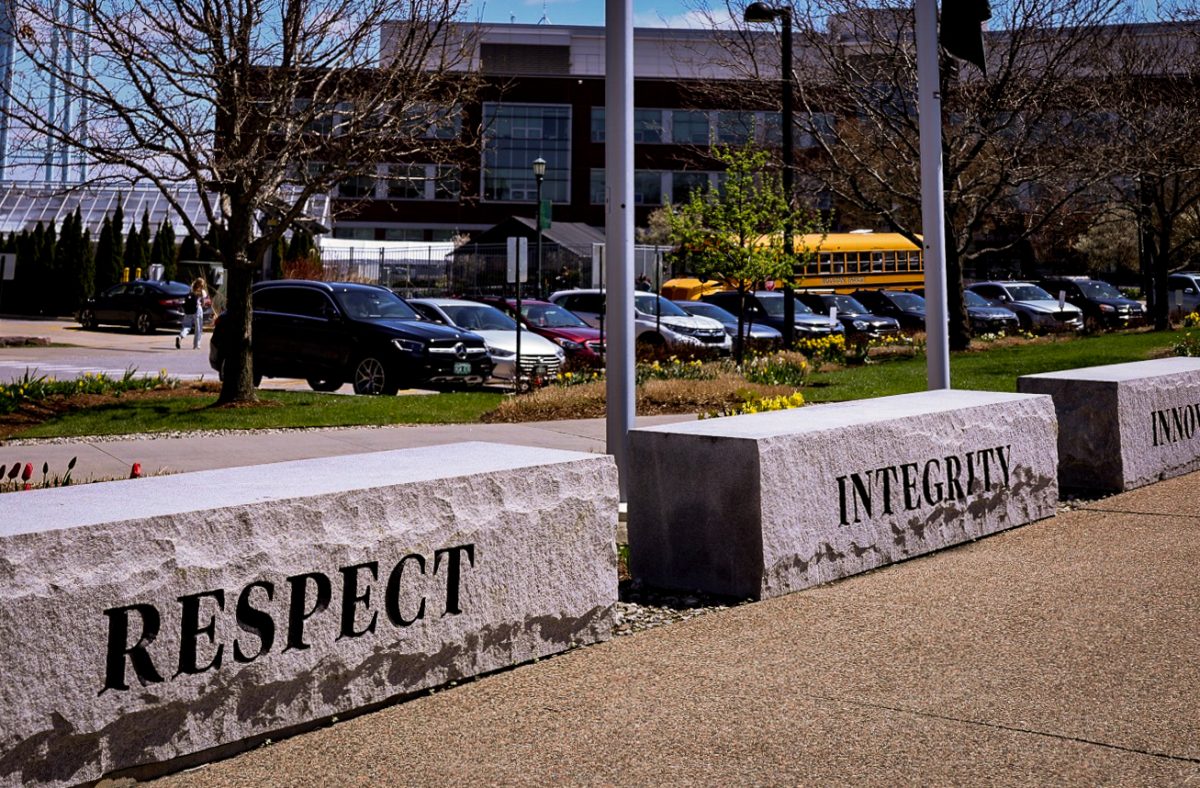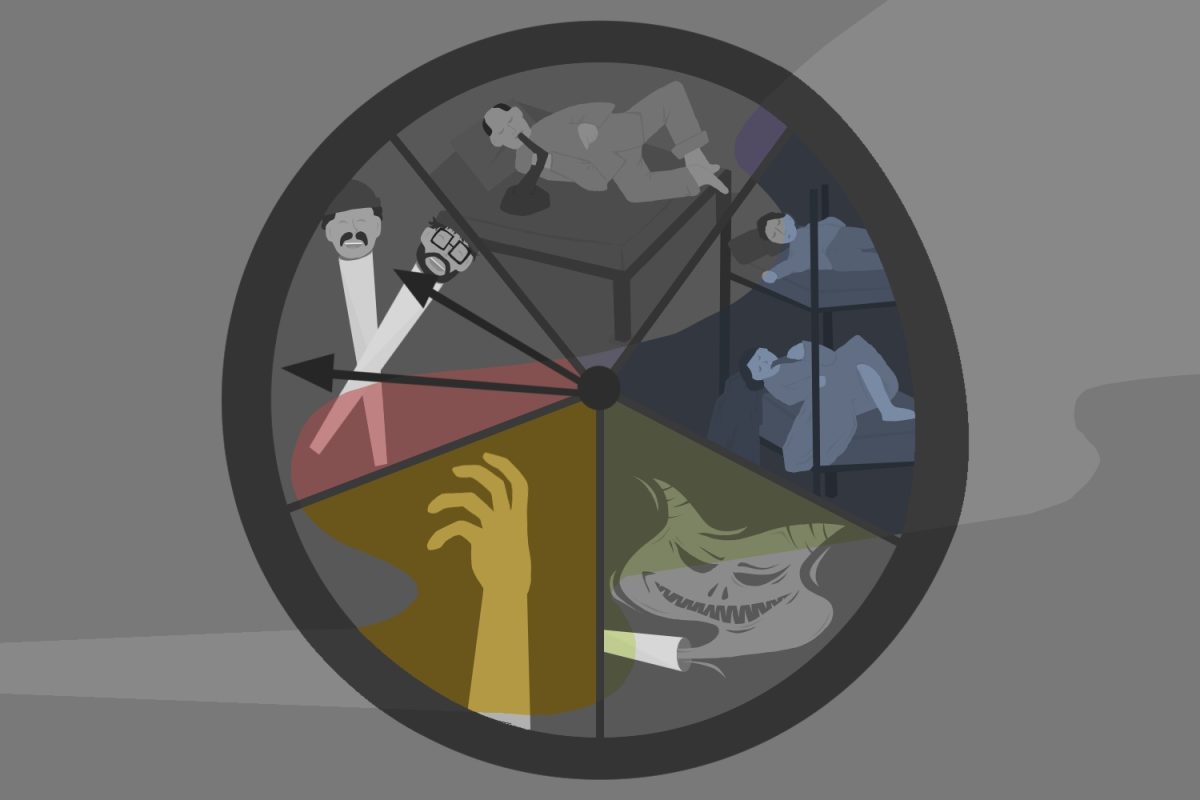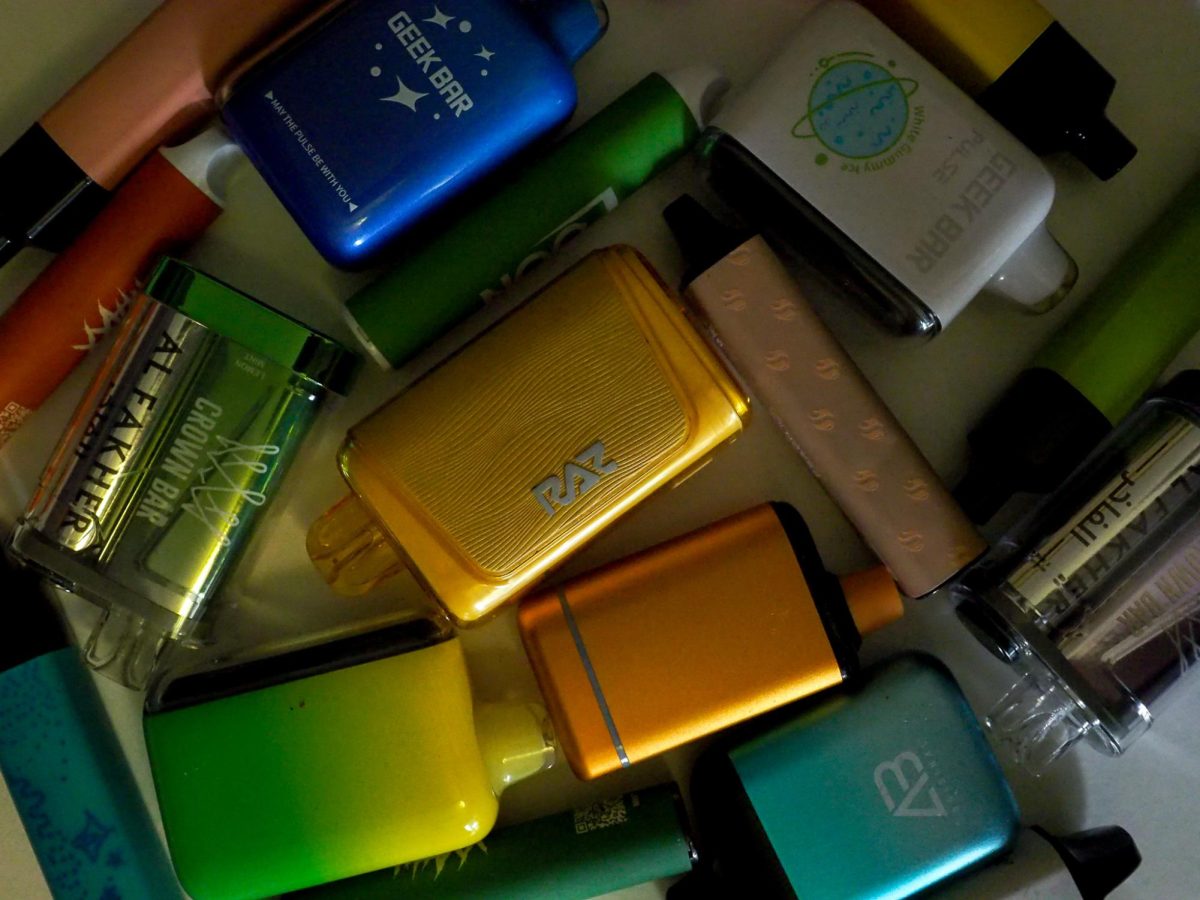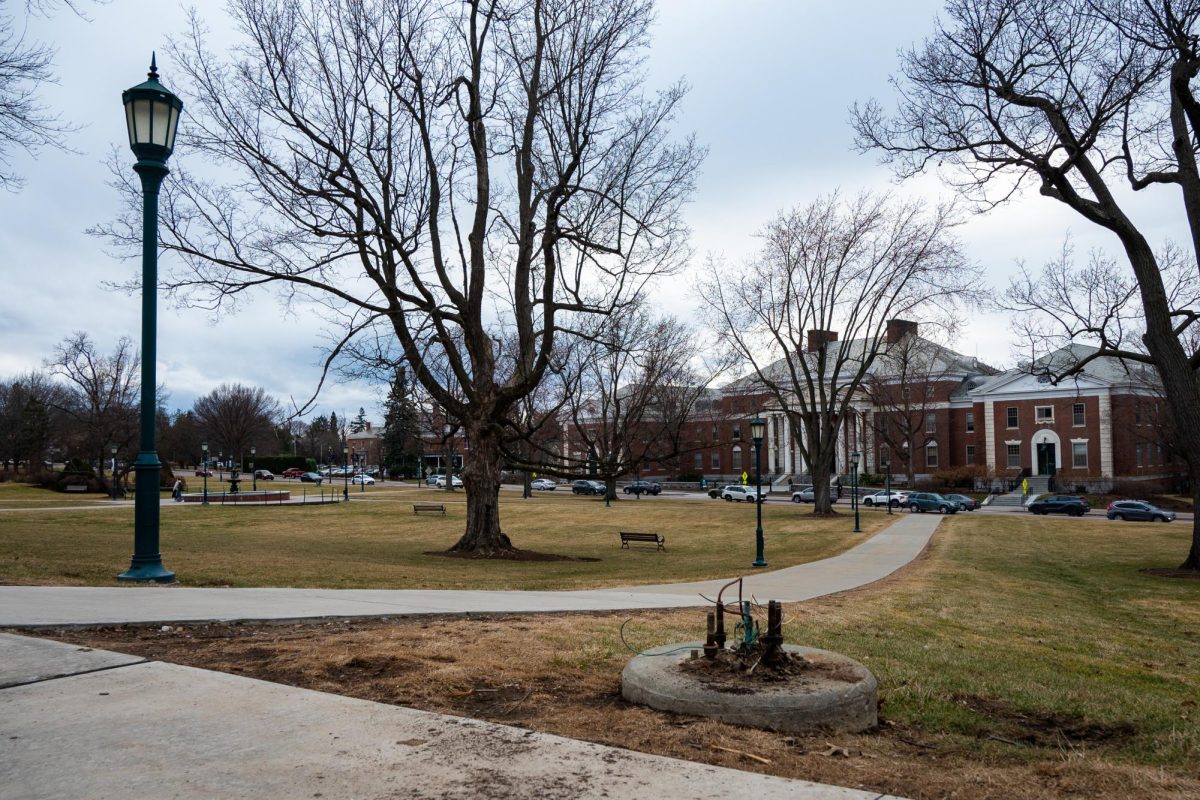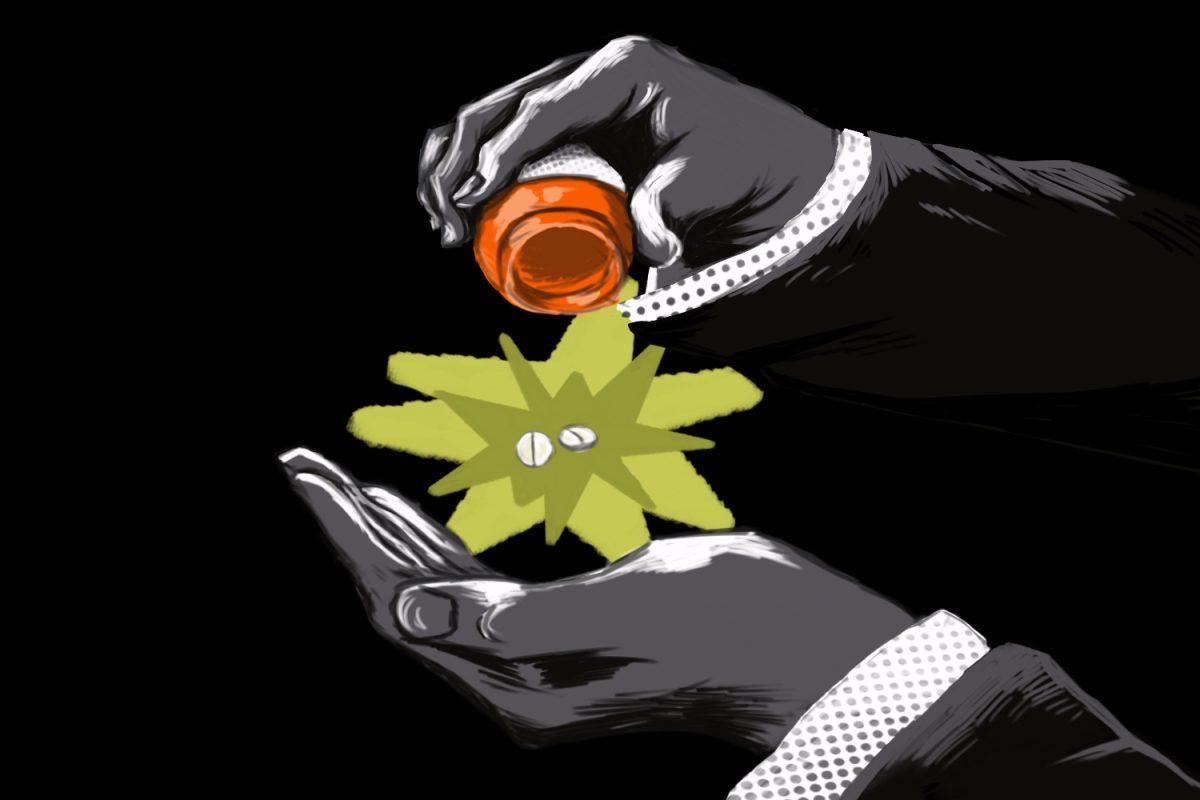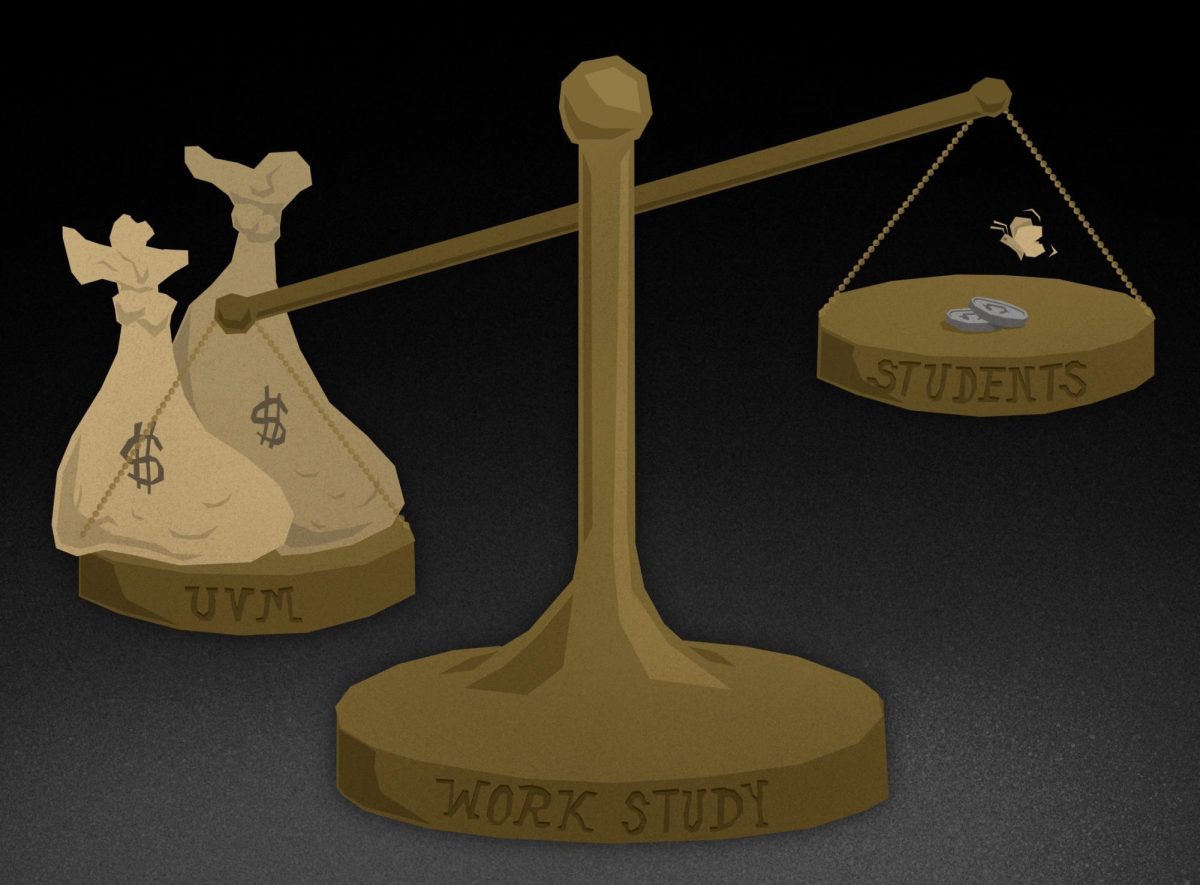As I take another nightly scroll through my social media feeds, I am constantly bombarded with endless posts prying for my time, care and attention.
It pains me, but I keep clicking through: stories, retweets and posts, each after another, detail various crises occurring around the world, without any means of non-digital assistance.
Whenever I see these types of posts, I wonder whether or not I should add the same thing to my own platform and succumb to the invisible pressure of doing what everyone else is—the “right” thing.
I wonder if these posts were made out of true dedication to a cause or just as a means to boost one’s own social capital.
Social media can play a crucial role in raising awareness, spreading information and generally increasing visibility of social justice issues, and activist groups should utilize social media to elevate their cause and cultivate support.
However, reposting on social media isn’t really activism.
There is a key difference between using social media for activism and using the same platforms for performative activism.
Performative activism is used for personal gain when it is convenient, or in order for a user to be viewed as an “ally” to a certain cause, according to an Aug. 2020 article from Medium.
Often, this is done without any consideration to activists on the frontlines or the awareness they are trying to raise.
One example of mass performative activism and its potential harm was in 2020 seen in #BlackoutTuesday, a trend of posting black squares to express solidarity with Black Lives Matter, rather than promoting useful and relevant information for the cause, according to an Aug. 2021 Echo Media article.
Performative activism is also intertwined with the phenomena of “cancel culture,” where many influencers have come under fire for not sharing enough about a movement, and their silence is perceived as lack of awareness or not caring.
These ingenuine acts of attention-grabbing cannot diminish the importance of social media as a means of inspiring activism, especially because social media allows for the inclusion of previously excluded and marginalized groups.
In our time of incessant information and interconnectedness, it is overwhelming trying to do meaningful social justice work in the face of counterproductive reposts and Instagram graphics.
Learning the differences between genuine and performative activism is crucial to perpetuating necessary change.
Instead of centering your post around your own voice, focusing on the marginalized voices that are working within the grassroots movements and uplifting their message can be more helpful, according to Online Optimism.
Don’t just repost the statement made by your favorite celebrity.
As with any content you encounter on social media, always check the source before sharing something. The spread of misinformation is all over the internet, and unknowingly spreading propaganda, no matter the intentions, ultimately damages social movements.
We should not have to be in a position of power to be able to incite change, and the accessibility of social media is working to dismantle the structures that exclude certain voices from the discourse.
Being aware of performative activism and how it manifests on social media is part of being a responsible platform user and distinguishing what is performative and from what’s authentic.
Self-motivated actors should not overshadow sincere activists who deserve social media’s full exposure.
Impactful activism comes in many forms outside the realm of the internet. Signing petitions, attending protests, leafleting and even lifestyle changes are all means of effective activism that are more substantial than just reposting.
We can and should use social media to spread awareness about causes we feel seriously connected to and want to support. Don’t just try to gain clout off of social justice issues.




